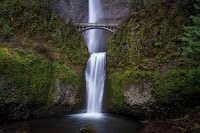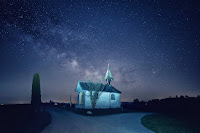Redeeming the Nations

The Book of Revelation presents images that are often jarring and paradoxical, visions that do not conform to popular expectations about how God works or where His redemptive purposes will end. His goals in subjugating His enemies and judging the nations differ radically from many traditional notions and so-called “ human wisdom .” Just as his contemporaries did not understand Jesus of Nazareth, so, too, we often fail to comprehend the “ Slain Lamb ” and how he reigns from the Throne of God.















